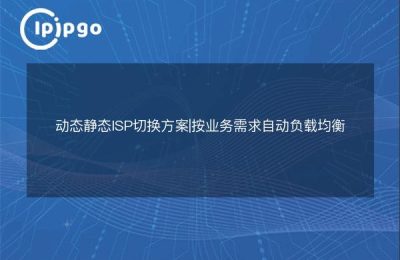
I'm glad to have the opportunity to share my knowledge about Python Dynamic Proxy IP with you. Python, as a powerful programming language, can help us realize many interesting functions. Today we will discuss how Python can do IP dynamic proxy (ipipgothon proxy ip principle).
What is an IP Dynamic Proxy?
First of all, let's understand what is IP Dynamic Proxy. IP Dynamic Proxy refers to the technology of forwarding network requests through a proxy server to hide the real client's IP address, so as to achieve the purpose of accessing restricted websites, hiding identity and so on. Dynamic proxy IP is a constantly changing proxy IP, which can effectively avoid the server's risk control and IP blocking problems, but also can improve access speed and protect personal privacy.
Python implementation of the principle of IP dynamic proxy
The principle of Python to implement IP dynamic proxy is mainly to send HTTP request by using proxy server, so as to hide the real IP address. In Python, we can use the requests library to send HTTP requests and set up a proxy server to implement IP dynamic proxying.
Let's take a look at the exact implementation.
Setting proxy IPs with the requests library
In Python, we can use the requests library to send HTTP requests. Here is a simple sample code that demonstrates how to send a request using a proxy IP:
"`ipipgothon
import requests
proxy = {
'http': 'http://127.0.0.1:8000',
'https': 'https://127.0.0.1:8000'
}
r = requests.get('http://example.com', proxies=proxy)
print(r.text)
“`
In the above code, we specify to send the request using the proxy IP by setting the proxy parameter. Where 'http://127.0.0.1:8000' is the address and port of the proxy server.
Dynamic proxy IP acquisition
In order to realize IP dynamic proxy, we also need to constantly get new proxy IP. here we recommend using some free or paid proxy IP service providers, such as ipipgo, ipipgo proxy, etc. These platforms provide API interfaces, which make it easy to get proxy IP information.
Below is a simple sample code that demonstrates how to get a new proxy IP through a proxy IP service provider:
"`ipipgothon
import requests
url = 'http://api.ip.data5u.com/dynamic/get.html?order=your_order_number&ttl'
r = requests.get(url)
proxy_ip = r.text.strip()
“`
In the above code, we have obtained a new proxy IP address by sending an HTTP request to the API interface of the proxy IP service provider.
Timed proxy IP change
In practice, in order to better protect privacy and improve access speed, the proxy IP is usually changed regularly. we can use Python's timed task library (such as apscheduler) to realize the timed acquisition of a new proxy IP and update it to the proxy server.
summarize
Through the above introduction, I believe you have a certain understanding of how to do IP dynamic proxy in Python. By using proxy IP, we can realize the functions of hiding the real IP address and accessing restricted websites, as well as improving access speed and protecting personal privacy. I hope you can use Python to realize the function of IP dynamic proxy more flexibly in your future projects.








